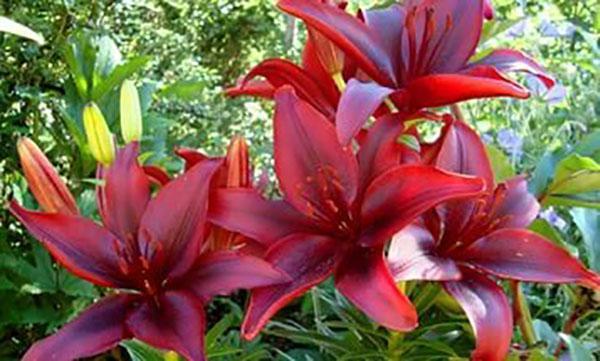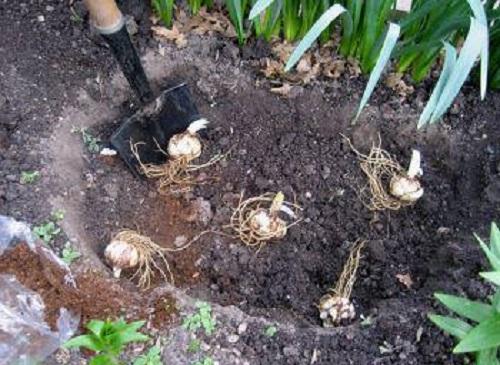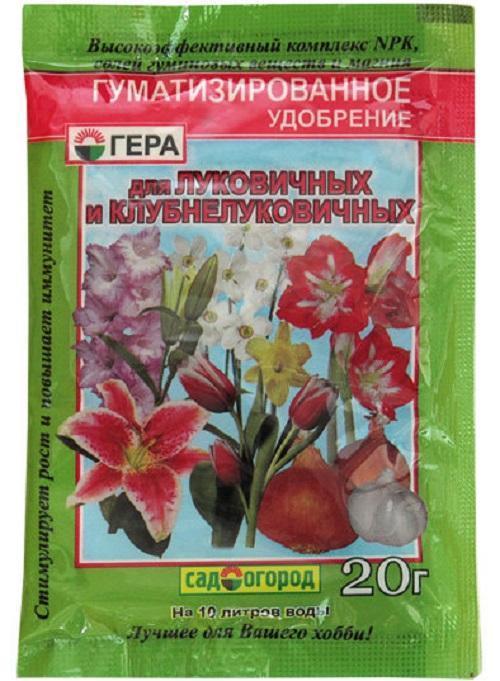Fertilizing lilies
 Lilies need loose soil and additional nutrition. For abundant and beautiful flowering, it is important to create suitable conditions for them and provide a supply of necessary elements at the initial stage. This task is easy to cope with by applying fertilizer directly when planting / replanting lilies.
Lilies need loose soil and additional nutrition. For abundant and beautiful flowering, it is important to create suitable conditions for them and provide a supply of necessary elements at the initial stage. This task is easy to cope with by applying fertilizer directly when planting / replanting lilies.
Fertilizing a flower during planting or transplanting

Plant young lilies, as well as transplanting old plants is best in August, but you can also in spring. The area intended for lilies must be dug up to a depth of 40 cm.
Heavy soils should be "diluted" with sand and peat (1 bucket each for 1 sq. M. Beds). To recharge the poor soil, add:
- from 5 to 10 kg of rotted manure (depending on the degree of soil depletion):
- 50 g of potassium sulfate;
- 100 g superphosphate.
These fertilizers are quite enough for Asian hybrids, but tubular lilies additionally require the addition of ash (up to 500 g per 1 sq. M.).
As for the oriental hybrids, first a drainage layer must be laid in the planting pit, and only then covered with a mixture of humus, peat and turf (in equal proportions). Finally, spill everything with a saturated color potassium permanganate solution.
After fertilizing, mix them with the ground and water the well well.
After planting the lilies, mulch the ground around to prevent rapid evaporation of moisture. Scatter chopped bark of coniferous plants throughout the flowerbed (or around the plants). Fallen needles can also be used.
On average, every two to three years, lilies are recommended to be transplanted, since they are able to form many babies, which take away the strength necessary for flowering from the mother's bulb. As a result, the peduncles become smaller and smaller, and the flowers themselves become smaller several times.
Seasonal feeding of lilies

In the first year after planting, the flowers do not need additional feeding. From the next season, fertilizers should be applied up to 5 times during the spring-autumn period:
- In the spring, when sprouts are formed at least 10 cm in height, dissolve 1 tbsp. l. calcium nitrate in a bucket of water and pour over the root.
- After 10 days, repeat the procedure.
- During the formation of buds, add potassium magnesium (40 g of the drug per 1 sq. M.).
- Two weeks before flowering, root top dressing based on Kemir or Gera liquid fertilizer.
- After flowering, spill with a solution superphosphate or Kemira.